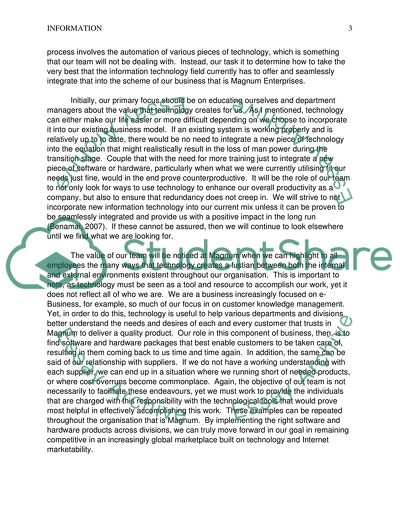Cite this document
(The Role of IT Management in Organizations Research Paper, n.d.)
The Role of IT Management in Organizations Research Paper. Retrieved from https://studentshare.org/information-technology/1626597-information-technology
The Role of IT Management in Organizations Research Paper. Retrieved from https://studentshare.org/information-technology/1626597-information-technology
(The Role of IT Management in Organizations Research Paper)
The Role of IT Management in Organizations Research Paper. https://studentshare.org/information-technology/1626597-information-technology.
The Role of IT Management in Organizations Research Paper. https://studentshare.org/information-technology/1626597-information-technology.
“The Role of IT Management in Organizations Research Paper”, n.d. https://studentshare.org/information-technology/1626597-information-technology.


